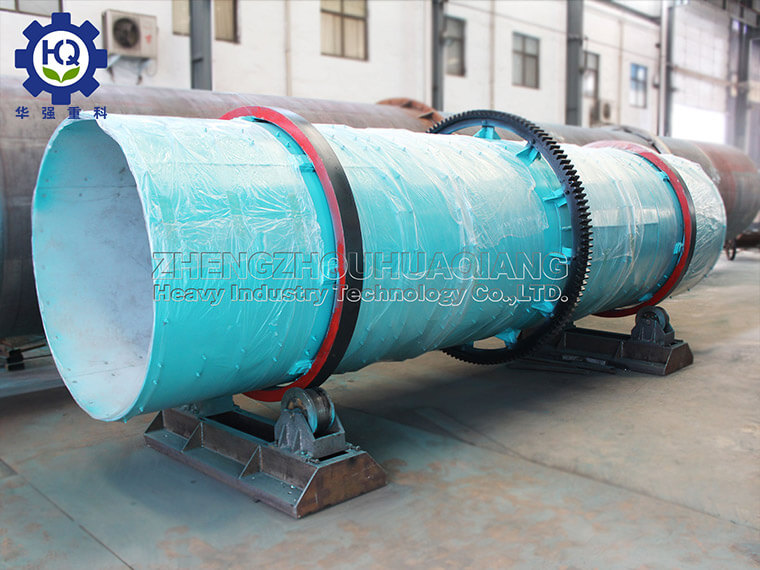The compound fertilizer production line can effectively treat the inorganic wastes from livestock and poultry breeding and other industries to purify the situation, increase the Eutrophication of surface water caused by purification, which is conducive to improving the safety and quality of agricultural products. In addition, the use of compound fertilizer equipment can effectively treat the inorganic wastes from livestock and poultry breeding and other industries to purify the situation in terms of ecological benefits, Reducing the nitrate content of chemical fertilizers in groundwater and increasing the Eutrophication of surface water caused by non-point source purification are conducive to improving the safety and quality of agricultural products, controlling input and purification, and the ecological benefits are extremely obvious.

The process flow of the compound fertilizer production line:
1. Raw material ingredients: urea, ammonium nitrate, ammonium chloride, ammonium sulfate, ammonium phosphate (monoammonium phosphate, diammonium phosphate, heavy calcium, calcium superphosphate), Potassium chloride (Potassium sulfate) and other raw materials are prepared in a certain proportion (mainly according to the local market demand and local soil test results);
2. Mixing and stirring: Mix the prepared raw materials evenly to improve the overall uniform fertilizer efficiency content of the fertilizer particles, using a horizontal mixer or a disc mixer;
3. Agglomeration and crushing: Crush the mixed and evenly stirred raw materials into large blocks for subsequent granulation processing, mainly using chain crushers, etc;
4. Material granulation: The evenly stirred and crushed materials are fed into a granulator through a belt conveyor for granulation (a rotary drum granulator, a roller extrusion granulator, a disc granulator, etc. can be used);
Manure 2_ Meitu_ 1. jpg
5. Primary screening: Preliminary screening of semi-finished products, returning unqualified products to the mixing and mixing process for further processing, usually using a primary drum screening machine;
6. Particle drying: The particles made by the granulator and screened by the first stage are fed into the dryer to dry the moisture contained in the particles, increase their strength, and facilitate storage. Generally, a rotary drum dryer is used;
7. Particle cooling: The dried fertilizer particles have a high temperature and are prone to clumping. After cooling, they are easy to pack, store, and transport, and are cooled using a cooling machine;
8. Particle secondary classification: Classify the cooled particles, crush the unqualified particles into new particles, and screen out the qualified products using a secondary drum screening machine for screening;
9. Finished particle coating: Coating qualified products to increase the brightness and roundness of the particles, making the appearance more attractive. Generally, a coating machine is used;
10. Finished product particle quantitative packaging: The coated particles are temporarily stored in the material bin through a belt conveyor, and then connected to electronic quantitative packaging scales, sewing machines, and other automatic quantitative packaging bags. They are stored in a ventilated place, achieving full automation.